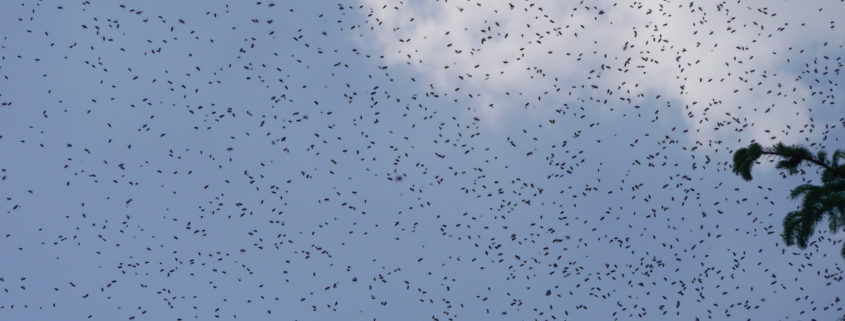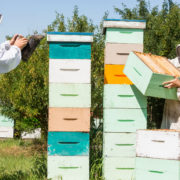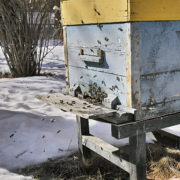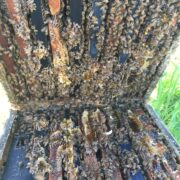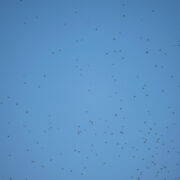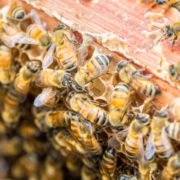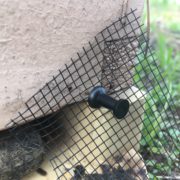Swarm Control
All creatures possess a deep-seated instinct to reproduce and expand, and bees are no exception. At the height of spring, when nearly every flower is in bloom, when the days are noticeably warmer and longer, beehives can’t help but to grow rapidly. During the peak of spring, hive activity bustles and pollen and nectar flow into the hive in abundance. With the wealth of favorable conditions, populations explode. Before long, bees become increasingly prone to swarm. They can’t help themselves; as all of the stimuli they are receiving – the lengthening days, the abundance of food, and especially the overcrowding – rouse every instinct within them to swarm.
As much as the bees are motivated to swarm, a beekeeper is equally motivated to keep the bees at home! When half the population of the hive simply flies away – for good – and with a thirty-dollar queen no less, it is not a happy day, especially for a queen breeder. Losing a hive to swarming means less bees, less honey, and less overall production. Swarms can also lead to problems with neighbors. From the beekeeper’s perspective, none of this is welcome.
As a result, a conscientious beekeeper needs to take precautions to prevent swarming. This is known as “swarm control.” Swarm control needs to take place well before the bees begin to think about swarming. Once a hive has begun to fill in every cell of comb with eggs, larvae and food, and is about to swarm, it is far too late for the beekeeper to intervene. Swarm control, like many aspects of best practices in beekeeping, needs to take place in advance.
Simply the best way to control swarming is to try to prevent it from happening in the first place. During the peak of spring, the colony needs to have plenty of surplus space and room to expand. Beekeepers need to stay ahead of their bees and provide ample extra space for the colony to grow into. An extra box of empty comb, along with a few frames of empty foundation to work will keep the bees occupied and less apt to swarm. Younger queens are also less prone to swarming, so frequent requeening can prevent swarming to some extent.
Once a colony has made up its mind to swarm, however, as evidenced by it developing queen swarm cells, the beekeeper needs to take more serious action. About the only thing a beekeeper can do at this point is to simulate an artificial swarm, and split the colony into two, or sometimes three, colonies on his own. This managed splitting of the colony forces the bees to reset into small-sized colonies, which are not overpopulated and less apt to swarm on their own.

